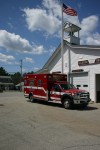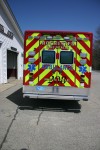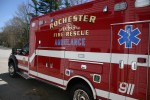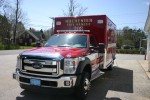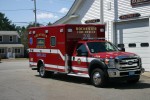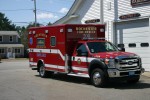The Mattapoisett Zoning Board of Appeals met on Thursday night. During their brief meeting, they approved the application of Michael A. Riccardi to grant a special permit to construct a deck that will not meet required setbacks. They also voted in favor of a plan submitted by Peter Pometti, to expand an existing two-car garage into a three-car garage.
The ZBA also heard from Rick Charon, representing Sundance Trails, a company specializing in horse imports. Sharon said they would like to construct a guest house on property at 158 North Street, to serve as the residence of a stable manager, who would be required live there full-time.
The Board said that because they were applying under the label of “guest-house” for a structure to serve as a more permanent residence, Charon would have to reapply under a different building classification.
He requested that he be able to withdraw the application without prejudice and the ZBA voted in favor of his request. The next meeting of the Mattapoisett Zoning Board of Appeals will be on Thursday, May 17, 2012, at 6:00 pm at the Town Hall.
By Eric Tripoli
